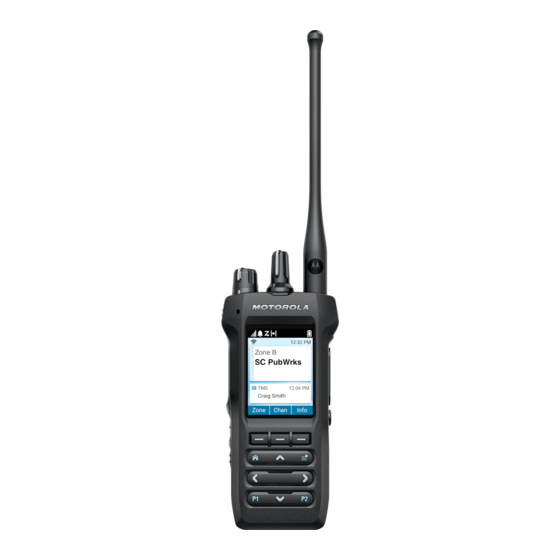
Motorola solutions APX N30 2 Manuals
Manuals and User Guides for Motorola solutions APX N30 2. We have 1 Motorola solutions APX N30 2 manual available for free PDF download: User Manual
Motorola solutions APX N30 2 User Manual (105 pages)
Brand: Motorola solutions
|
Category: Two-Way Radio
|
Size: 1 MB
Table of Contents
Advertisement
Advertisement
Related Products
- Motorola solutions APX N30
- Motorola solutions APX N50 2
- Motorola solutions APX 7000
- Motorola solutions APX 5500
- Motorola solutions APX 8000 2.5
- Motorola solutions APX 8000 1.5
- Motorola solutions APX 6000Li 1.5
- Motorola solutions APX 6000Li 2.5
- Motorola solutions APX 2000 Model 3
- Motorola solutions APX 5000 Model 3
